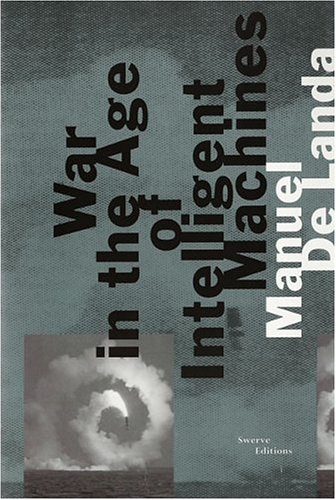Mark Poster, David Savat (eds.): Deleuze and New Technology (2009)
Filed under book | Tags: · body without organs, cinema, control society, film, machine, new media, philosophy, politics, rhizome, technology

In a world where our lives are increasingly mediated by technologies it is surprising that more attention is not paid to the work of Gilles Deleuze. This is especially strange given Deleuze’s often explicit focus and reliance on the machine and the technological. This volume offers readers a collective and determined effort to explore not only the usefulness of key ideas of Deleuze in thinking about our new digital and biotechnological future but, also aims to take seriously a style of thinking that negotiates between philosophy, science and art. This exciting collection of essays will be of relevance not only to scholars and students interested in the work of Deleuze but, also, to those interested in coming to terms with what might seem an increasing dominance of technology in day to day living.
Contributors to this volume include: William Bogard, Abigail Bray, Ian Buchanan, Verena Conley, Ian Cook, Tauel Harper, Timothy Murray, Saul Newman, Luciana Parisi, Patricia Pisters, Mark Poster, Horst Ruthrof, David Savat, Bent Meier Sørensen and Eugene Thacker.
Publisher Edinburgh University Press, 2009
Deleuze Connections series
ISBN 0748633367, 9780748633364
275 pages
PDF (updated on 2012-7-15)
See also Mark Poster documents related to the publication.
Jack Burnham: Beyond Modern Sculpture: The Effects of Science and Technology on the Sculpture of This Century (1968)
Filed under book | Tags: · art, art history, art theory, kinetic art, machine, sculpture, technology

Examines the materialistic and psychological factors responsible for dominant trends in twentieth-century sculpture.
Publisher George Braziller, New York, 1968
ISBN 0807607150, 9780807607152
402 pages
Reviews: Walter Darby Bannard (Artforum, 1969), Louis Vaczek (Technology and Culture, 1970), James Ackerman (The New York Times Books, 1969, Burnham’s response), Charlotte Willard (The Saturday Review, 1969)
PDF (updated on 2014-3-27)
PDF (120 MB, no OCR, added on 2023-8-4)
Manuel DeLanda: War in the Age of Intelligent Machines (1991)
Filed under book | Tags: · abstract machine, arpanet, artificial intelligence, expert systems, machine, military, robots, technology, turing machine, war

“In the aftermath of the methodical destruction of Iraq during the Persian Gulf War, the power and efficiency of new computerized weapons and surveillance technology have become chillingly apparent. For Manuel De Landa, however, this new weaponry has a significance that goes far beyond military applications: he shows how it represents a profound historical shift in the relation of human beings both to machines and to information. The recent emergence of “intelligent” and autonomous bombs and missiles equipped with artificial perception and decision-making capabilities is, for De Landa, part of a much larger transfer of cognitive structures from humans to machines in the late twentieth century.
In this remarkable book, De Landa provides a rich panorama of these astonishing developments. He details the mutating history of information analysis and machinic organization from the mobile siege artillery of the Renaissance, the clockwork armies of the Thirty Years War, the Napoleonic campaigns, and the Nazi blitzkrieg up to present-day cybernetic battle-management systems and satellite reconnaissance networks. Much more than a history of warfare, De Landa provides an unprecedented philosophical and historical reflection on the changing forms through which human bodies and materials are combined, organized, deployed, and made effective.”
Publisher Zone Books, 1991
ISBN 0942299752
271 pages
PDF (15 MB, updated on 2016-7-18)
Comment (0)
